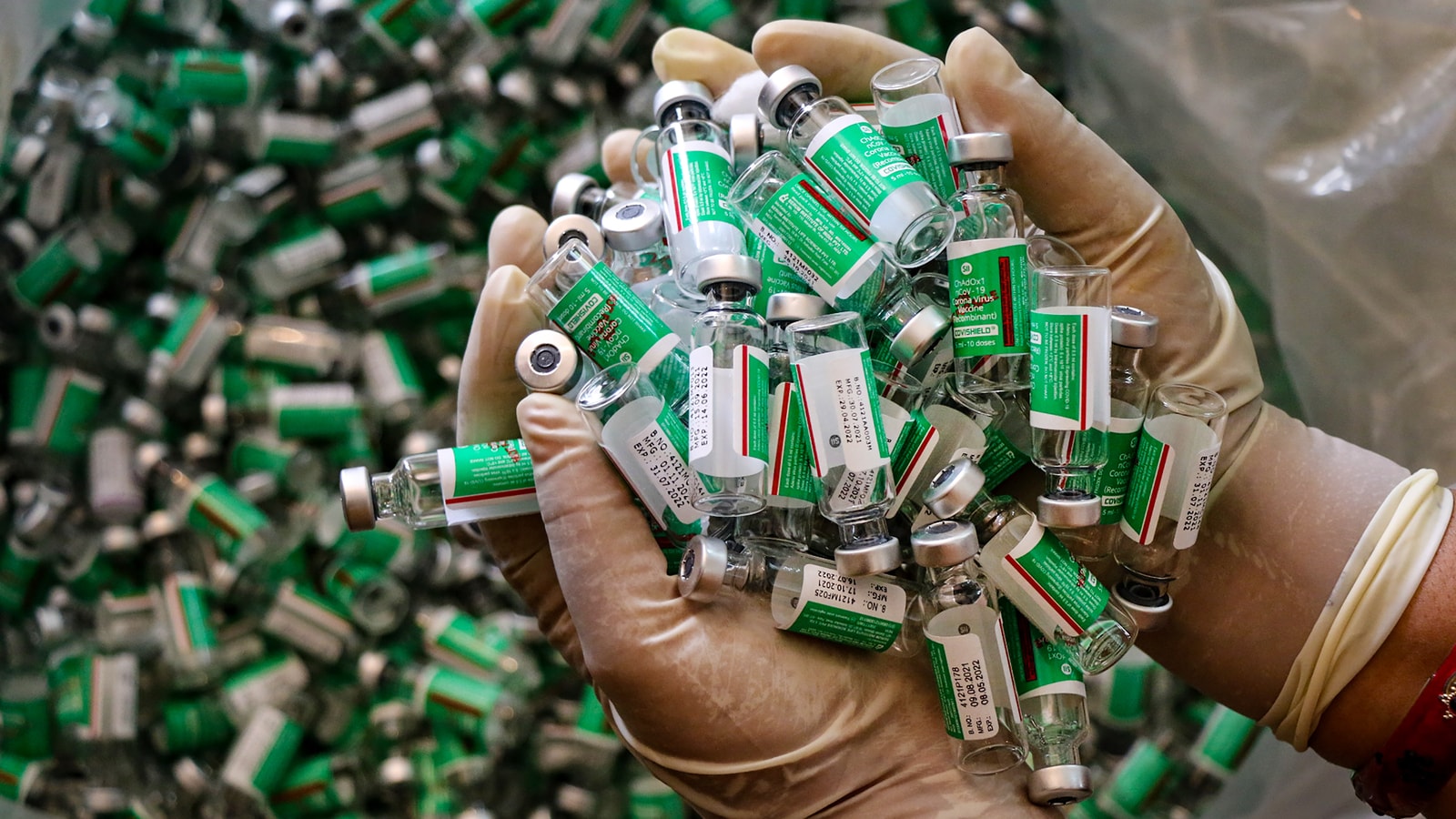Crafting for Christ: Meet the Mangaluru family creating statuary for churches across…
When the Rasquinhas say they’re working with Jesus, they mean it quite literally. This Mangaluru family is behind the 88-year-old Simon Art Co, which specialises in church art. Most of their year is spent working with imagery of Christ — seated at the Last Supper, surrounded by angelic figures, narrating parables to children.
The company was founded in 1932 by the late Simon Rasquinha, a local artist, musician and theatre actor. A third generation, led by Simon’s grandson Ashwath Rasquinha, 37, now runs the endeavour. He took over from his father, Arthur Rasquinha, in 2010.
While the bulk of the company’s work contracts still come from churches and Catholic institutions across India, there are also orders from North America, Africa and Australia.
“The whole point of our art is to help people connect to their religious figures,” Ashwath says. It’s why the family believes their art must be transportive — almost a point of contact between this world and the other.
“It all comes down,” Ashwath says, “to understanding who your client is. For a religious artwork to connect in, for instance, Kerala, there must be bright colours and a lot of jewellery on a statue. If the client is from Tamil Nadu, they prefer the sari on Mother Mary. People like to imagine saints and deities based on their personal experiences.” In the larger churches in major metros, it’s Medieval European.
“In Mangaluru, people have an inclination towards St Joseph and the Infant Jesus. If a large order comes from Mangaluru, you know that in the design there’s going to be an Infant Jesus or a St Joseph somewhere. If it’s from Chennai, you know there’s going to be Our Lady of Vailankanni,” Ashwath says.
The family traditionally worked with wood, terracotta and white mosaic. Recently, the workshop of 15 artists moved on to fibreglass. Ashwath, incidentally, is the first of the Rasquinhas to have a formal degree in art, a Master’s in visual arts with a specialisation in sculpture.
It feels good, he says, to know that they know their faithful clients, and understand what they’re looking for. Another matter of pride is that each piece created is handmade and distinct, because no ready moulds are used.
“India is a price-sensitive market and that is a major limitation,” Ashwath admits. “But if you want the details to be realistic and delicate, it’s going to take more time and money.”
Orders from other developing countries are often driven by price too. In Kenya, for instance, they know that a similar item will cost many times as much if it is made in Europe or North America, “so they order from us”.
One such commission, in 2012, was for a 9-ft-tall statue of Mary for the Shrine of Our Lady of Consolata in Nairobi. Eight Mangalorean Catholic families in the Kenyan capital decided to donate the statue collectively to their church.
“Ashwath told me it would take a minimum of 12 months to complete, as he wanted to do it with care,” says Basil Serrao, one of the parishioners. “The price was 75% less than estimates from European suppliers. And even today, the dark Marian blue of Mary’s attire attracts everyone who visits the compound. The face of Our Lady and her expression are truly consoling. The right foot is slightly bent at the knee as she balances the weight of the baby Jesus she carries in her arms. These details are so striking and that’s the quality of work you get from the Rasquinhas.”
Another prime example of the family’s work is at the Our Lady of Fatima church in Perampalli, Udupi, says Fr Romeo Lewis, who served as parish priest there for 11 years. The altar is about 50 ft high, carved out of wood. Within it is a 20-ft crucifix, embossed murals depicting Christ’s life and miracles, cloud ceilings, the 12 Apostles and the Virgin Mary. “Whether you see it from a distance of 1 ft or 100, it has the same impact, Fr Lewis says. “The details are life-like. It is truly magnificent.”


